If you’re like many Canadians, your car is your biggest investment. While protecting and maintaining that investment should be a top priority, many neglect basic maintenance and general upkeep. But in order to give your vehicle a long life and retain value when it comes time to sell, that’s the only way – from tire rotations and fluid checks to car detailing.
In this article, we’re highlighting all the regular maintenance and upkeep tasks you can carry out to protect your vehicle investment.
Visit the Mechanic
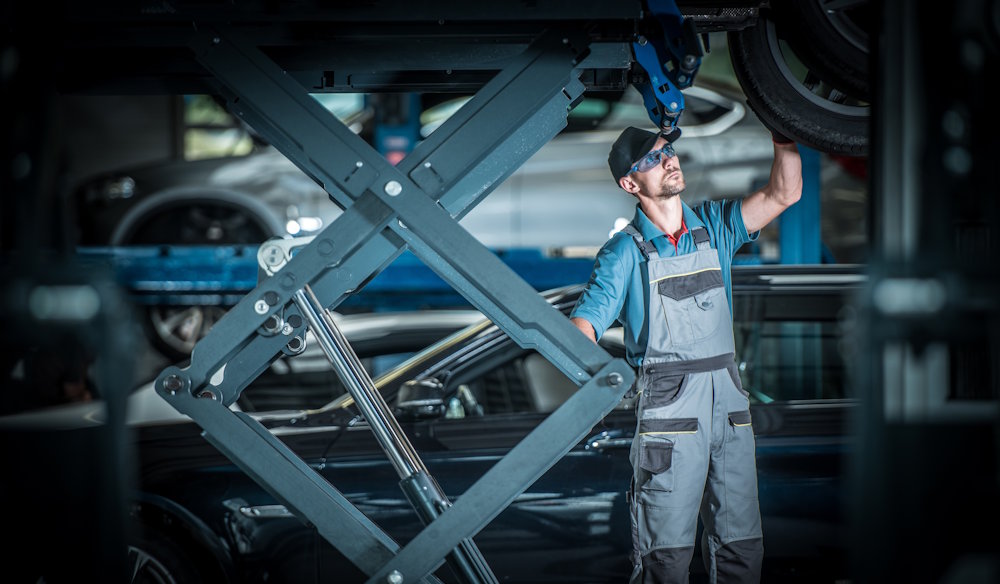
Taking regular trips to the mechanic is part of life as a vehicle owner. Unless you’re confident in your own abilities to fix and maintain your vehicle, you’ll need to leave it in the hands of a professional. The key is to find a mechanic you can trust. If you don’t know where to find one, sniff around in the Google reviews or ask a car-enthusiast who they trust.
But how often should you be visiting the mechanic? The answer, of course, depends on a variety of factors. But the generally accepted advice is around every 15,000-20,0000km. For a newer car, that’s probably all you need, while an older car could benefit from a trip to the mechanic every 5,000-1,000km or every 6 months. Your driving conditions and driving style should also factor in. If life has been harder for your vehicle, it won’t hurt to pay the mechanic a visit more often.
So, what happens at the mechanic?
Oil
Most oil should be changed every 8,000 to 12,000km or every 6 months – whichever comes first. If you’re feeling ambitious, changing the oil yourself is very doable with a little dedication and YouTube support.
Brakes
The brakes are undoubtedly one of the more important areas to service. Your mechanic will check for wear on the brake pads/shoes, as well as the brake fluid levels and the condition of the brake lines and hoses.
Battery
The battery is responsible for powering all electrical components while the engine is off, including the ignition systems, lights, and windows. A mechanic will check the voltage and strength of your battery, clean the terminals, and tighten them if necessary.
Belts & Hoses
The belts under the hood are essential for driving different components of the engine, like the alternator, pumps, and compressors. The timing belt is a crucial one that synchronizes the crankshaft. Then there the hoses, which carry vital fluids throughout the vehicle. These belts and hoses are prone to cracks, fraying and wear.
Filters
Under the hood of your car you’ll find an air filter, a fuel filter, and an oil filter. All three will need to be check and replaced regularly.
Plugs
Your car won’t go without functioning spark plugs, which have the duty of igniting the air-fuel mixture and generating power. These plugs can be cleaned and replaced based on the amount of mileage or wear and tear they’ve incurred.
Tires
A mechanic will not only gauge the remaining life of your tires but rotate them, if necessary, which extends their life and even the vehicle’s performance.
Exhaust
The exhaust has the important job of safely removing toxic engine exhaust gases and reducing the noise of the engine. A mechanic will inspect it for rust and corrosion. They’ll also be on the lookout for leaks and odd noises or smells.
Steering
A mechanic will check the steering fluid, inspect the hoses and belts, and ensure correct alignment. A power steering flush could be beneficial to remove contaminants and ensure the best performance.
General Vehicle Upkeep at Home
Not everything needs to be taken care of by a professional. As a car owner, you’re fully capable of taking some matters into your own hands. There are a few things that everyone can do from home with no special skills or experience:
Check Your Own Fluids
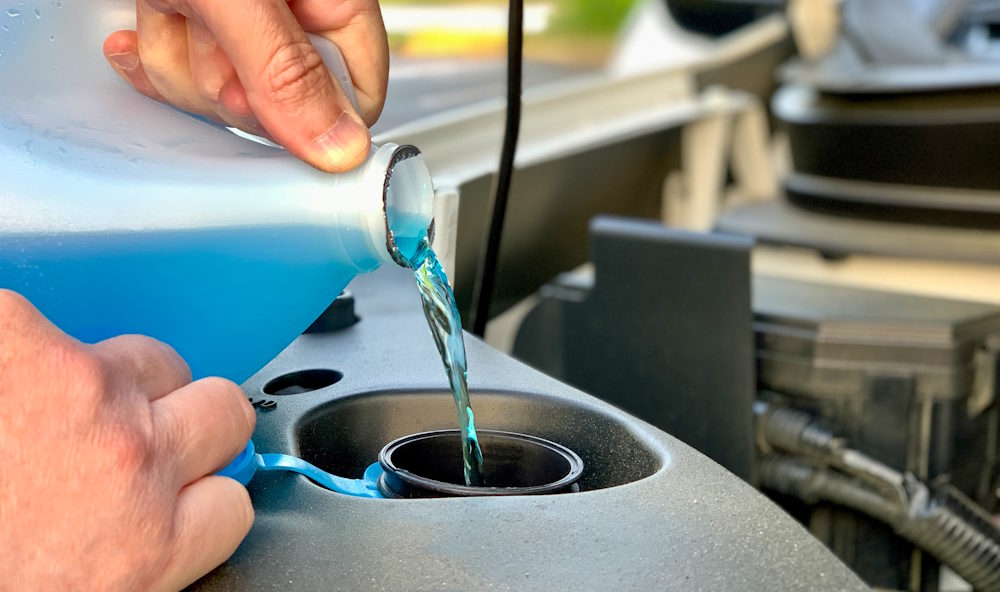
The vehicle fluids are essential for functionality and longevity. Depending on the component of your car, the role of the fluid may be lubrication, cooling, cleaning, or something else. Here are the fluids you should learn to check for and top up:
Coolant
Also known as antifreeze, the coolant plays a vital role in regulating the engine temperature. Low or no coolant will mean your car is overheating, which is very bad. Coolant is cheap, so buy yourself a jug and top up when low.
Power Steering Fluid
The power steering fluid makes turning the car easier. If you’ve ever driven an old car, you’re well aware of how this fluid works (or doesn’t). The levels of this fluid can also be checked regularly and topped up when needed.
Oil
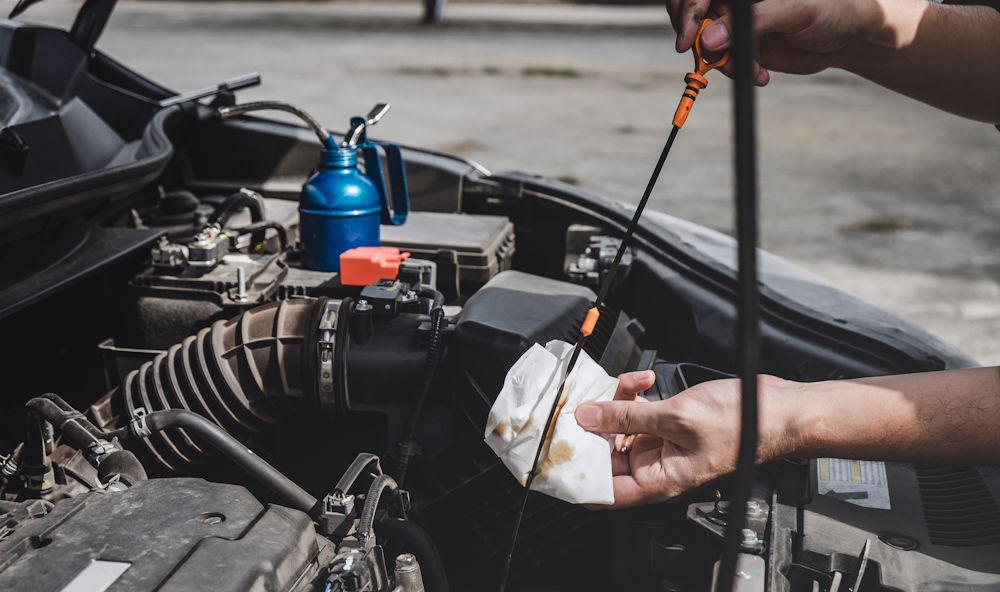
When checking your oil, you should be watching for the level and colour. If the levels are low, you can top it up yourself. If the colour is looking golden, you’re good, but if it’s very dark or black, it’s time for an oil change.
Transmission Fluid
The transmission fluid has the important job of lubricating the transmission and enabling the gears to move as need. This is especially vital for automatic transmissions.
Windshield Fluid
Although less detrimental to the function of your vehicle, your windshield fluid helps keep the windshield clean. This fluid is cheap, so grab yourself a big jug and keep it topped up and your windshield sparkling.
Differential Fluid
This fluid is known as gear oil, and is used to lubricate the drivetrain, cool the gears and bearings, and minimize wear and tear.
Maintain & Replace Your Tires
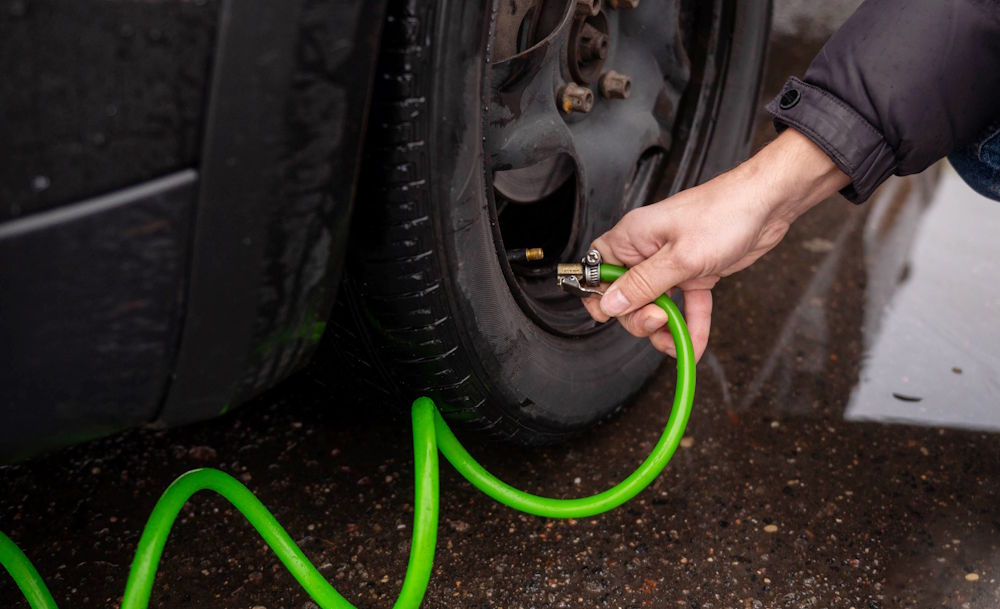
The air pressure of the tires is something every vehicle owner should be checking regularly. Over-inflated tires will give you a bumpy ride and bad handling, but if the pressure is too low, there other consequences. Braking distance, fuel efficiency, and tire longevity will all be affected. It’s your job to check the manufacturers recommendation for tire pressure, and keep you tires filled with air. Buy yourself a little tire pressure gauge and visit a gas station to pump the tires up as needed.
If you live somewhere cold that expects snow each season, it’s a good idea to invest in winter tires. While the Lower Island isn’t known for snowfall, it still happens. And tires are not overly complicated to change. Plus, if you plan on travelling somewhere cold or embarking on a road trip, your vehicle could definitely benefit from a tire upgrade.
Car Detailing
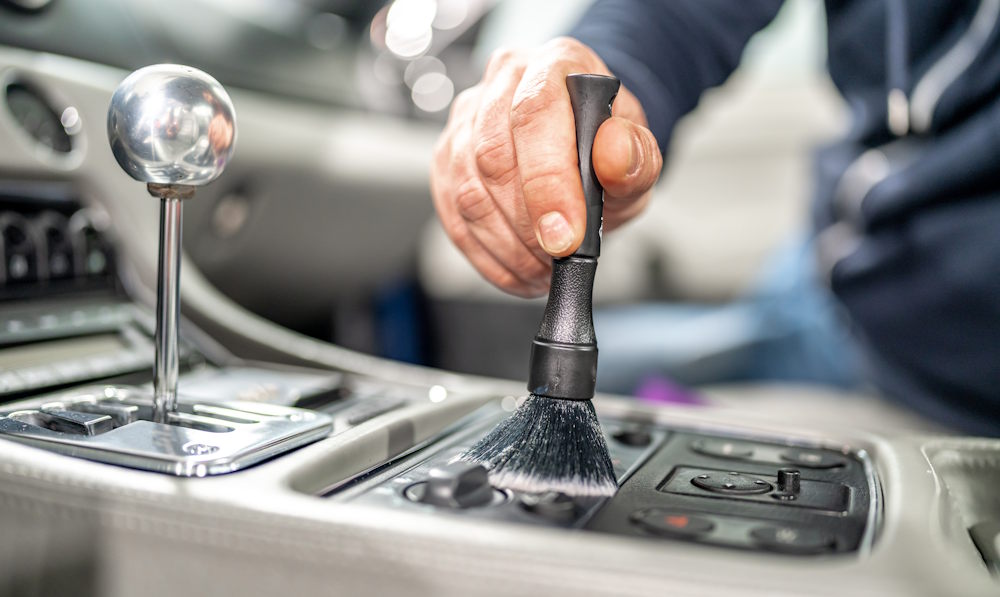
Detailing the inside and outside of your vehicle is a great way to protect your investment. Not only will a good auto detailing make your car look better, but it can also protect against wear and tear and boost the longevity of your vehicle. A full exterior clean addresses the tires, undercarriage, wheel wells, plastics, coatings, and more. On the inside, every nook, cranny and surface can benefit from a meticulous detailing.
Mill Bay Auto Spa offers complete auto spa services, including basic and full packages for both interior and exterior cleaning, plus ‘The Works’ package for the ultimate VIP treatment. Request a service today.
